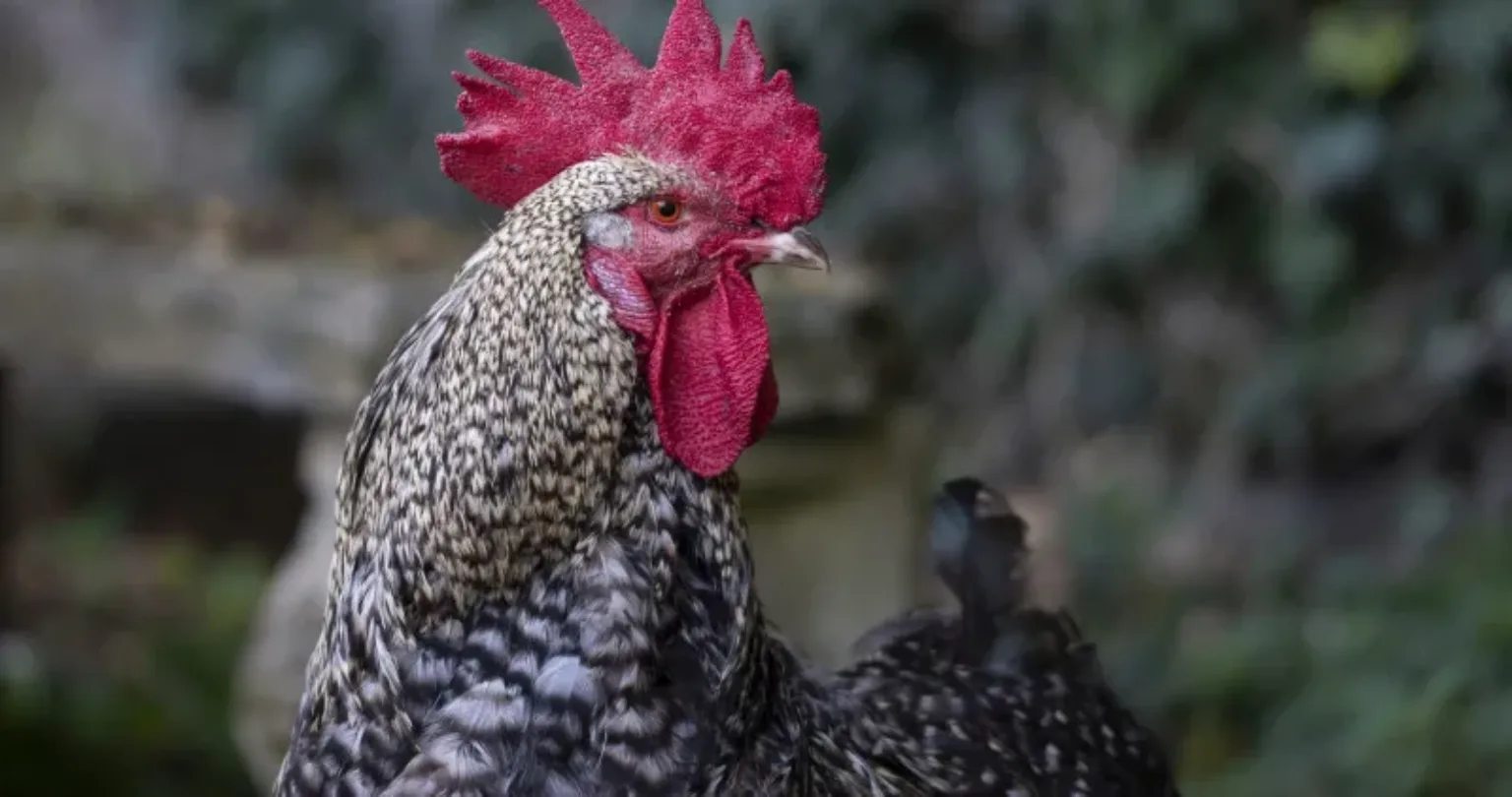When it comes to pets, we've all got questions
Ever feel like your pet is from another planet?

Bumblefoot is the common name for a form of pododermatitis or inflammation of the foot.
There are usually two causes of bumblefoot.
The first is a foot wound which allows bacteria to get in. The wound then closes over with the bacteria trapped in the foot. A large hard swelling can then develop at the base of the foot.
The other common cause is the foot being continuously exposed to moist bedding or ground. This damages the foot pads and again allows entry of bacteria.
The first sign your chicken may be suffering from a problem is often if they’re walking slightly oddly or obviously lame. Sometimes there is no obvious abnormality on the leg or foot, other times you’ll see a round lesion on the base of the foot.
Your chicken’s foot may or may not be inflamed and hot to the touch compared to other scaled areas.
Wash the infected foot daily with antiseptic solution – remember to dry it thoroughly afterwards. Wrap a soft bandage around the foot with a waterproof covering, and change daily.
If after 5 days the infection hasn’t cleared up, talk to your vet. They’ll likely prescribe your chicken with a course of antibiotics. It’s a good idea to discuss costs with your vet before starting any treatment.
Reduce the amount of wet litter in your chicken run and make sure you don’t allow a build-up of mud that the birds will stand in for long periods of time. Chickens who spend too much time in wet muddy conditions are more prone to bumblefoot.
Make sure you review the clinical history of your new bird and ask for more details on how the condition has been treated. You’ll need to sign a disclaimer to confirm you’ve been made aware of the condition. Any chicken who’s had treatment is likely to have pet insurance exclusions, so it’s worth discussing potential on-going costs with your vet.